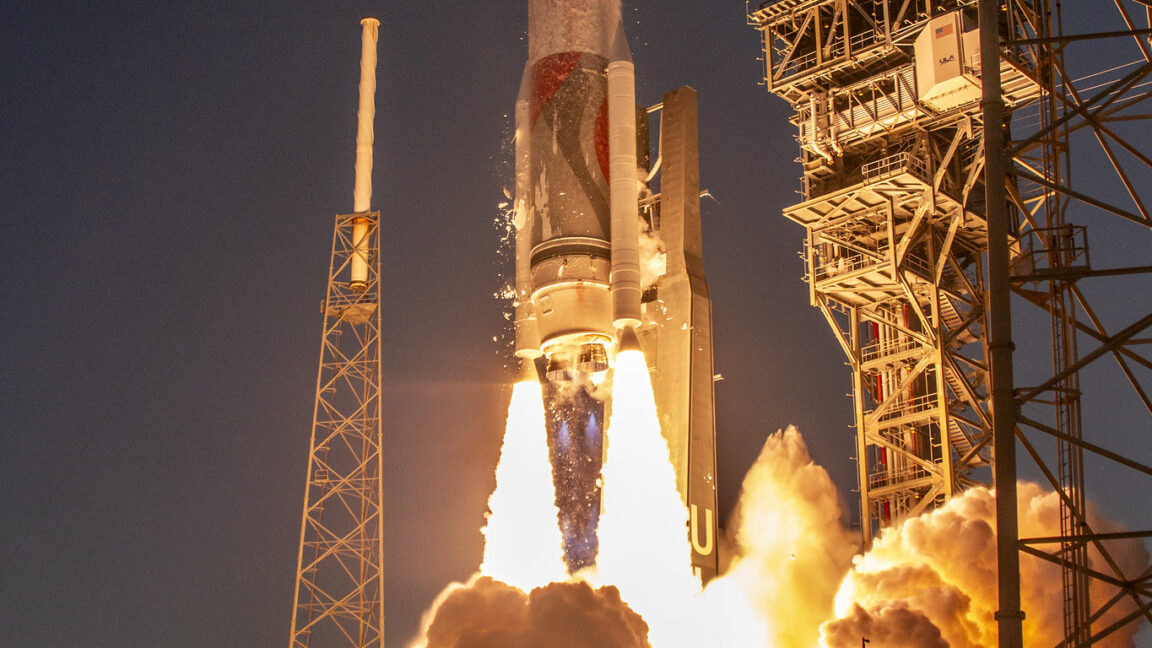
The Space Force Just Found a New Best Friend (and Competitor): A Giant Leap for Launch Independence
For years, the US Space Force has relied heavily on one company for its crucial launch needs: SpaceX. While SpaceX has undeniably revolutionized the space industry with its cost-effective and innovative Falcon 9 rocket, a single point of failure is never ideal, especially when national security is on the line. This over-reliance presented a vulnerability, a risk that the Space Force has now actively mitigated with a significant development: the certification of another major player – United Launch Alliance (ULA).
ULA’s certification represents a monumental shift in the Space Force’s launch strategy, moving away from a potentially precarious dependence on a single provider towards a more diversified and robust approach. This isn’t simply about having a backup plan; it’s about fostering competition, driving innovation, and ensuring the uninterrupted access to space that is paramount for military operations and national interests.
The implications of this decision are far-reaching. Firstly, it introduces a healthy dose of competition into the market. With two major players vying for contracts, the Space Force can leverage competitive bidding to drive down costs and push for technological advancements. This competition isn’t just about price; it also fosters innovation. Each company, striving to secure contracts, will be incentivized to develop more reliable, efficient, and capable launch systems. The end result? A more advanced and affordable space launch capability for the entire nation.
Secondly, the certification dramatically enhances the Space Force’s operational resilience. A single launch provider, regardless of its capabilities, introduces a significant vulnerability. Natural disasters, unforeseen technical issues, or even geopolitical events could disrupt the launch schedule, potentially jeopardizing crucial missions. By diversifying its launch providers, the Space Force creates a far more resilient and predictable launch capability. If one provider experiences a setback, the other can seamlessly step in, ensuring the continuity of critical operations.
This move is not just about backup; it’s about strategic flexibility. Different missions require different capabilities. SpaceX’s Falcon 9 is a workhorse, known for its reliability and cost-effectiveness. ULA, however, brings its own unique strengths to the table, including experience with heavier payloads and specific mission requirements. This dual-provider approach gives the Space Force the ability to tailor its launch options to the specific demands of each mission, maximizing efficiency and minimizing risk.
The Space Force’s decision also underscores a commitment to fostering a healthy and competitive space industry. While SpaceX has played a pivotal role in modernizing space access, a thriving industry requires multiple successful participants. By supporting ULA and promoting competition, the Space Force is actively contributing to the growth and innovation within the sector, ultimately benefiting the entire nation.
In conclusion, the certification of ULA represents more than just the addition of another launch provider; it signifies a strategic shift towards a more resilient, competitive, and technologically advanced space launch capability. It’s a move that strengthens national security, fosters innovation, and secures America’s access to space for years to come. The Space Force’s embrace of a multi-vendor approach is a significant step forward, ensuring that the nation’s space ambitions remain firmly on course.



Leave a Reply